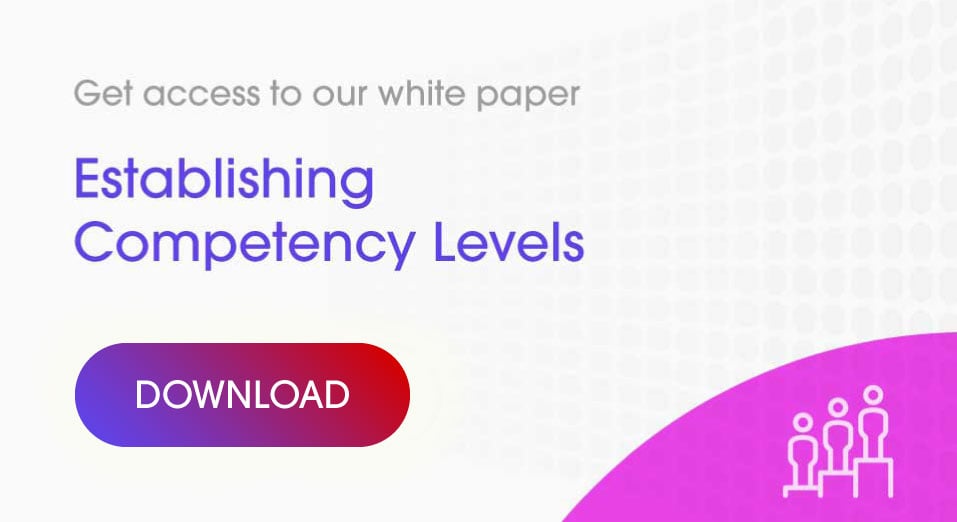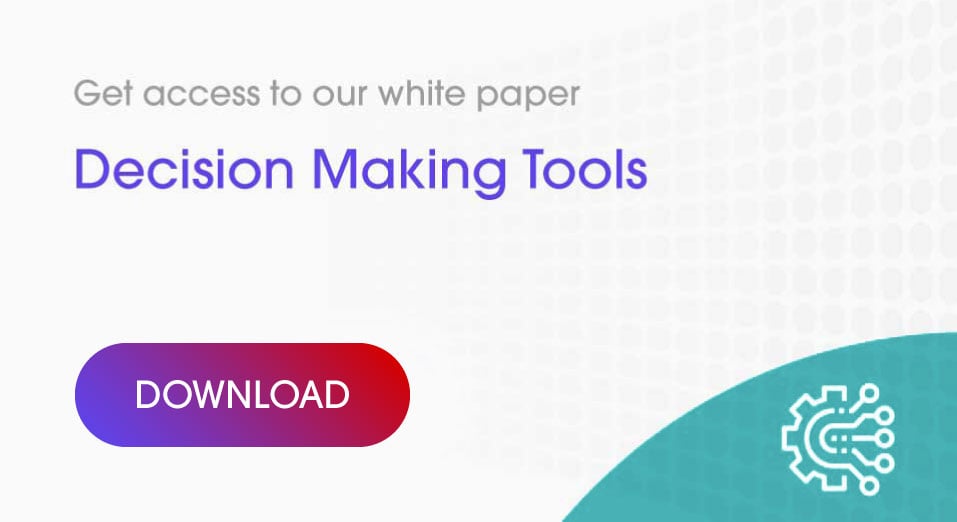Social Media in the Pharmaceutical Industry | Still only a small proportion of pharma brands dabble in social media regularly, yet it is one the most transformative ways of communicating and interacting with customers today.
We are all becoming ‘social’ and we find time in our day to participate. Admittedly it is fraught with challenges and requires some new processes, skills, governance and resourcing. Most of all in our industry, it requires some bravery and guts to get started.
The regulatory guidelines related to social media activities in most developed countries, remains the same as for other patient engagement. So you know the basic rules.
Social Media assumptions in pharma
The word media is plural, hence ‘social media’ is made up of many different channels in various formats – Facebook, Instagram, YouTube, LinkedIn, Apps and more. Social Media is hard to define, so here is the definition from Wikipedia:
‘Social media are computer-mediated technologies that facilitate the creation and sharing of information, ideas, career interests and other forms of expression via virtual communities and networks.‘
There are a few assumptions that will narrow the conversation to the limitations of a short blog:
- Firstly, assume you are going to work with Regulatory, Legal, Medical, Compliance and Corporate Communications on any social media publications, or potentially an even broader team, however this has been written with the brand manager in mind;
- Secondly, assume you are not going to be able to use social media to solely promote your brand to a wider audience and save promotional budget;
- And lastly, when starting out, assume you know very little about working in this space, as it is not like marketing in other media you have worked before. Keep an open mind.
Barriers to kicking off social networks
The greatest barriers are not only compliance and how to manage it, but a whole raft of other factors such as the necessary knowledge and skills on:
- how to use social media channels effectively,
- how to measure your success or failure to get it right,
- the company culture.
New social media platforms are being invented every year, so it is the mindset and the culture that stops many overcoming the barriers. True, our industry faces uncertain guidance from the regulators, but it is often the vague internal guidance, poor resourcing or a resistance to try (for fear of risk or failure), causing many to merely dip a toe in this vast ocean of possibilities.
Social media is made up of many channels controlled by the customer. And there lies the hard-to-swallow-pill. It is:
- social
- interactive
- informal
- unpredictable
- very powerful.
Check out the interview from last year by Women in Pharma (Eyeforpharma) with Trish Nettleship from UCB, Global Director Multichannel Marketing for UCB for a personal expert view on the barriers when embracing social media in pharma.
Does social media have a place in your MCM mix?
We cannot control it, so do we stay out of it?
No way!
The patients and other stakeholders have not waited for us. Hospitals and care teams are communicating with patients via social media. The communities are already interacting in these channels and discussing their diseases, their fears and frustrations, and their triumphs of course, but they are also discussing and showing content about you and your products 24 x 7 globally.
We have new opportunities to engage with our customers and other stakeholders in their preferred social channels, if we assume one more thing - that everything is figureoutable (eventually). The trick is to get started.
I propose the following are reasons why you might want to consider using social media in your marketing multichannel mix:
- You want to create connections within your strategic communication ecosystem;
- You want to create a presence in specific social media channels where your targets are interacting;
- You want to create a connected community where you can be a valued trusted member, learn and contribute.
- You want access to a channel that fosters interaction and engagement with your target audience to learn more about them and for them to learn more about your brand and organisational capabilities;
- You want to create content that appeals, inspires, is able to be shared, in order to spread the word.
- And/or you need to, because your targets are there and they are already talking about you, so you want to ensure a balanced informed view.
Social media is personal by nature and therefore may not always be fit-for-purpose.
The important point is to know WHY you are going to participate in any of these channels (what benefit will it bring to the customers), where does it fit in your marketing strategy, what content does the customer need from you and what are the outcomes that you aim to achieve.
The customer journey should be your default starting point.

Social Media channels being used by pharma
There are members of our industry using social media in a compliant way already, for disease awareness, education, staff recruitment, promotion of events/webinars and more formal corporate communications.
The popular channels being used in pharma are:
- Facebook;
- YouTube;
- Instagram;
- Twitter;
- LinkedIn;
- And of course, customised disease or health management ‘social’ apps (albeit I use the term social very loosely here as many are not really ‘interactive nor social’, but rather tracking and informative by design.)
LinkedIn
There are many companies using LinkedIn to post about the company and individual brand updates and activities. A simple search on LinkedIn will show you corporate accounts with postings on the lasted results, product activities, upcoming webinars, calls for recruitments, disease awareness days and campaign activities and more.
Often, individuals from within the companies, re-share corporate postings with their own networks.
Facebook pages follow a similar content trend however include competitions, quizzes and other engagement activities. Facebook, like most other social media channels these days, enables a multichannel opportunity by linking to a phone app and getting notification alerts via sms or email.
Many pharma include published social media guidelines or disclaimers to explain their behavior on social media, such as deleting postings, to ensure customers appreciate the mind field of regulations that govern us and can affect their interactions with us via this channel. [A word of caution, it is a customer/public forum, not an industry forum, so there is no place for jargon like ‘adverse event reporting’ which I saw on one page.]
Back in 2014, according to Pharmaforum, the most popular companies on Facebook were: Johnson & Johnson, Boehringer Ingelheim, Pfizer, GlaxoSmithKline, and Novartis. However it was the Boehringer Ingelheim’s asthma photography contest that scored the best on engagement, as it got people involved.
YouTube
Many use YouTube for disease awareness videos and corporate promotion videos. However, with the capabilities of the smart phone the number of videos related to us, and our offerings, is exploding.
YouTube is littered with self-made videos about various diseases, products and patient self-told stories. An award winning variation by pharma is The Doctors Channel – created by AbbVie in Israel. It is a free online video library for Health Care Professionals featuring CME, medical news, HCP lifestyle topics, and more.
Popular content for pharma on social media
Video, links and images are the most popularly shared postings by pharma [Ogilvy Red, Nov 2016], and disease awareness postings were the most popularly shared content.
However, other content scores much higher on the engagement ratings, such as company news, corporate social responsibility and research updates. Oglivy’s research also indicates that those with the most postings did not result in the highest engagement scores. It is relevant interesting content that drives engagement.
Across the popular social media channels, you will see the same postings repeated as part of a content re-purposing and multi-channel communication strategy, to reach the broadest audience. This in itself is good news and progress.
Getting started
So start small and don’t go it alone.
Your media agency will more than likely be able to help, however, you will need to get a cross functional team together including:
- Regulatory,
- Corporate Communications,
- Medical Affairs,
- Legal and
- Commercial Excellence.
Get them involved early and get them excited about the shared benefits. Agree a process for approval, publishing, monitoring and updating. Share that governance with all members of the team and beyond. Ensure everyone knows what you are doing, why and how to handle various scenarios.
Most of all, create relevant interesting content in the right social media channels for the right customers, and be consistent in your messaging across channels to ensure a seamless experience for those who traverse channels.
What is next?
Many of the postings found from pharma are not designed to engage, but rather to inform. It remains push messaging versus engaging in two-way interactions, which is at the heart of social media channels.
This behavior could be due to not fully understanding the regulatory guidance. Or it could also be that we do not fully understand our target audience and how to engage or attract them. A previous Hepatitis Day campaign is a great example of a very successful campaign that still overlooked that many of the target audience were not actually on any social media! They did not own a smart phone or a computer. Imagine how successful it could have been if they knew their target audience better and broadened the channel strategy.
There is a need to create greater balance across the content being published and to find a way to engage, and go beyond promotion, education and informing.
The opportunity for co-creation with our audiences might still lie in the future for most. In the meantime, we must find out what interests our target audience and let them drive the content we publish and which social media channels to use to reach them.
I recommend if you are not getting the results you seek, keep developing the depth of your customer journeys and use your insights to drive your social media channel choice and content.
If you are interested in our mobile learning solutions on digital channels, contact Actando.
The Actando Consulting Team






.jpg?t=1489404869036&width=850&name=Untitled%20design%20(41).jpg)
.jpg?t=1486049459073&width=850&name=Untitled%20design%20(35).jpg)

.jpg?t=1495108789251&width=850&name=Untitled%20design%20(38).jpg)


